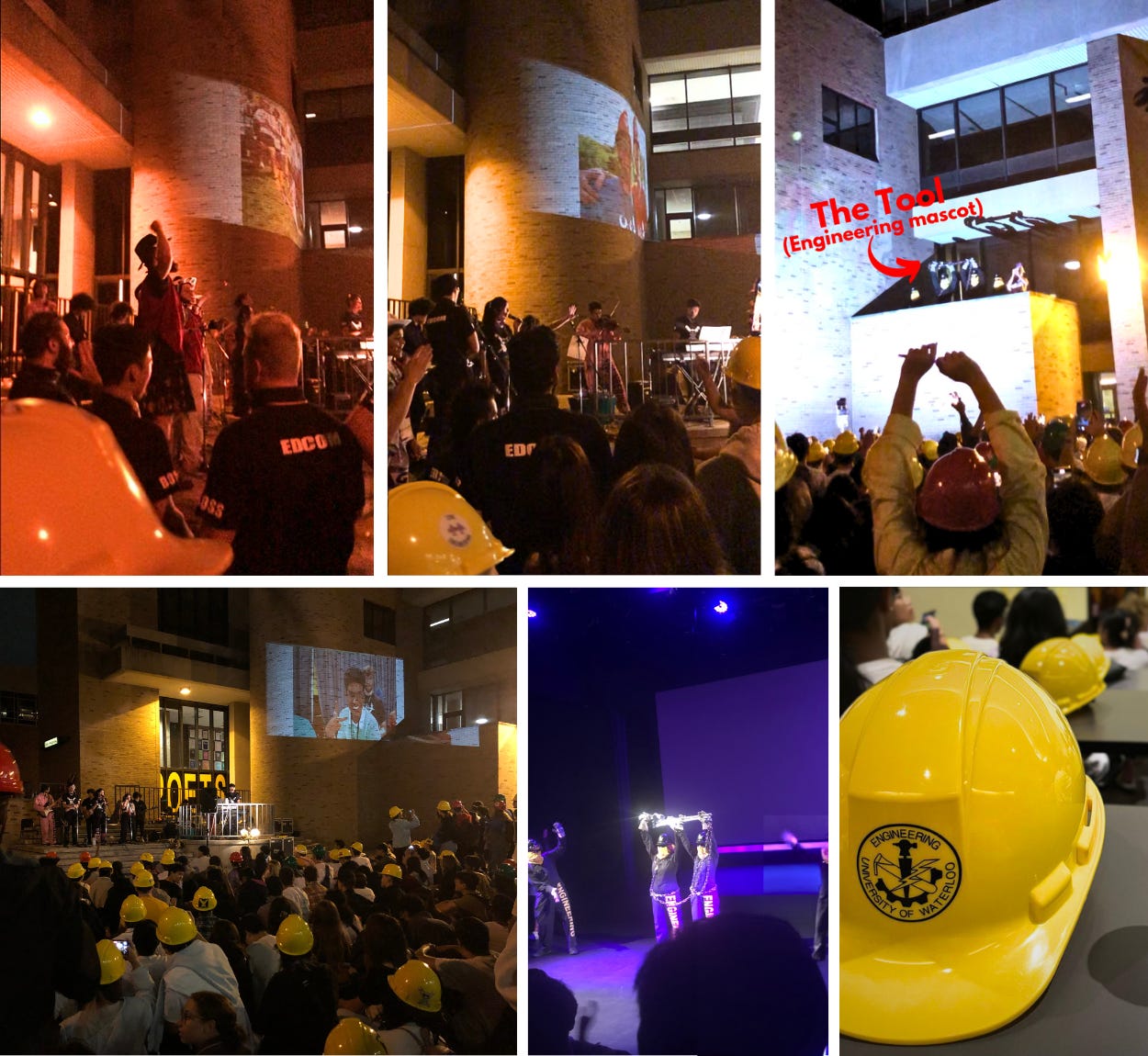Hey! Welcome to A Nerd’s Shower Thoughts, a personal newsletter about the adventures of a teen green tech researcher, me! Each month I discuss 3 life things I learned, things I’m working on now, and I leave you with a question to think about.
Click to a Section: ⏩
I started this newsletter 1 year ago🤯, I graduated high school 3 months ago🤯🤯, and now I’m in my 2nd month of university! 🤯🤯🤯 I also started activate, the 2nd-year program at The Knowledge Society (TKS) where I’m working on hyperloops (trains that use magnets to levitate and move at the speed of sound).
Plus, I moved to campus for uni! Even though I live fairly close (30mins-2hrs depending on traffic), I knew I would have absolutely no energy to commute at 6 am and 10 pm AGAIN every day and it kinda feels like camping. “AGAIN,” since I studied here for a semester in grade 12, 1 year ago!
Quote for October 📖
“It seems that all true things must change and only that which changes remains true”
- Carl Ljung
I read this quote in Nils van der Pole’s training plan for winning gold in the Olympics and setting new speed skating records. This was the first sentence of his paper.
It is interesting to think about change. Most people grow up with a fear of change and the feeling of the unknown. People strive for comfort, they strive to create and stay in an environment they have control over and will always know what happens next. This past month, I’d been falling into the trap of searching for comfort. Everything in my life was so different: new school, new friends and teachers, new bed, new everything. I thought if I made a consistent routine, I could optimize it to get the most work done. It went badly:
After, the first 2 weeks it went downhill: I was tired, unmotivated, most of my day was unproductive (blue), and I even slept until 8:30 am some days which was UNHEARD OF for me (I regularly woke up around 5:30-5:50 am before).
My discovery: Too much of a good thing is worse
In high school, everything was repetitive, so change is what kept life interesting, but in university, there was too much change and it got overwhelming. For October, I’m working on being present in the small changes first. I’m starting my mornings a little differently every day: a different book, a little running when it’s nice outside, etc.
Minion Mode: Activated
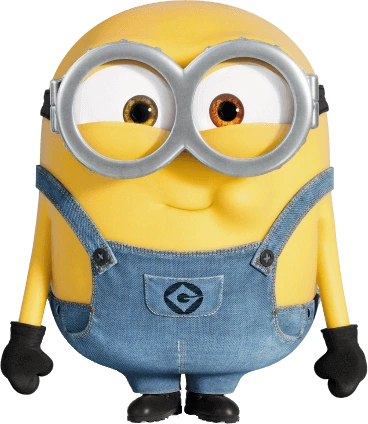
You know the minions from Despicable Me? I’m becoming one, I’ve got the hard hat, the goggles, the overalls and now I’m studying engineering too!
O week at UWaterloo, orientation was a week full of scavenger hunts, obstacle courses, parties, and getting lost across campus all in 30-degree heat and yellow hard hats. We even ended off with a 12 am engineering concert too!
Ultra-fast trains
I’m working on hyperloops with UWaterloo’s hyperloop design team, Waterloop! Hyperloops are basically super-fast trains, that run at the speed of sound. But some modifications are needed to get to these high speeds: 1) we need to remove air. Air causes friction between the train body and air particles (air resistance) which limits the train’s speed. To make it faster, we remove most of the air by putting the train in a giant near-vacuum tube, meaning there are as few air particles as possible. Once we have a vacuum tube, another speed limiting factor is 2) the wheels.

Lots of energy is lost by the friction between the wheels and the track, over 10%. For hyperloops, we remove the wheels and rotational motors entirely and replace them with linear induction motors (LIMs). The wheels are only used for guidance along the track and carry less weight since hyperloops are levitated by electromagnets, creating contactless propulsion, so less friction.
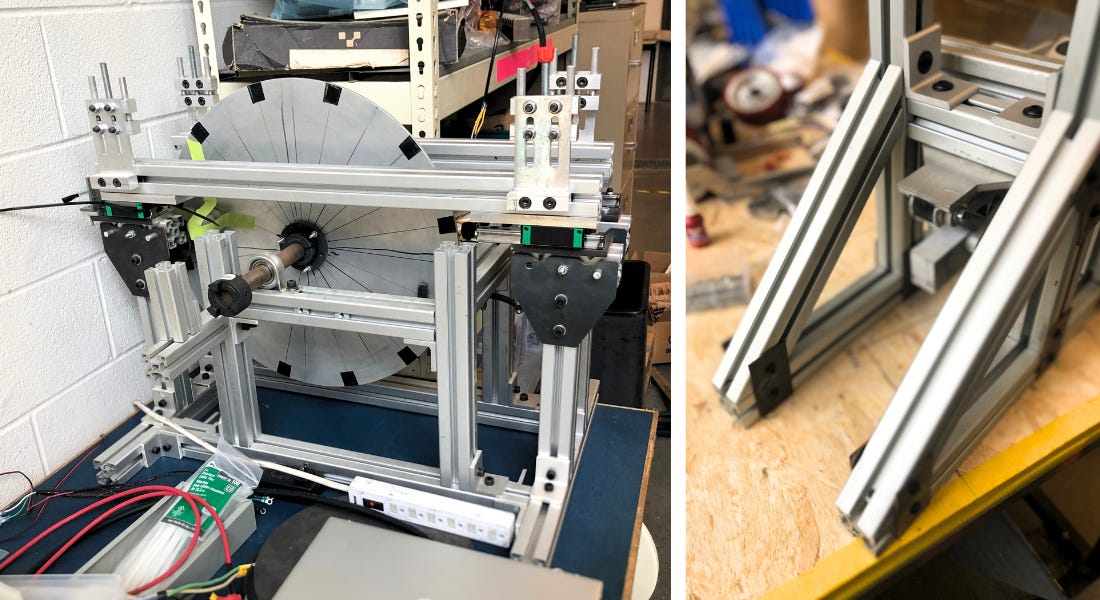
In Waterloop, on the propulsion team, I’ve been working on re-building our flywheel, which is how we test our LIMs before testing them on the big tracks.
Cool Things I Found
A startup invented life-sized recycled plastic Legos
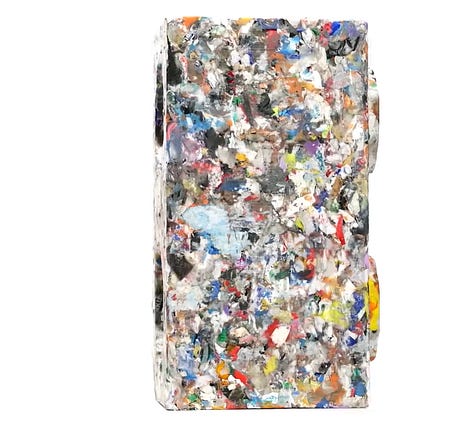
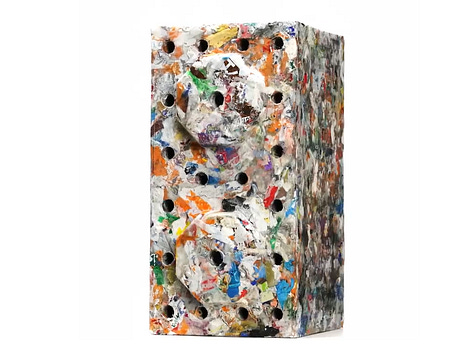
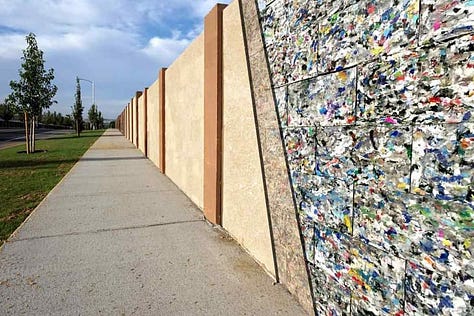
ByFusion, a US startup shreds plastic waste, compresses it into bricks, then steams it to make the ByBlock, super strong plastic blocks. They process 450 tonnes of plastic annually, and each brick saves 10kg of plastic from being incinerated which would have released 29kg of CO2 per brick.
ByFusion uses fully automated processes so plastic bricks are 1/2 the cost of concrete bricks. Aside from construction bricks, they make sheds, fencing, coffee tables, lamps, plant pots and much more.
ByFusion website: https://www.byfusion.com/
Vericool is another plastic recycling startup working against styrofoam (polystyrene, PS). They’re the first to mass produce 100% compostable packaging to replace PS and plastic coolers.
Finally, a solution to plastic pollution that’s not just recycling: a 10-minute article about what a global plastic treaty could do
Hawaiian volcanoes are some of the best glass artisans
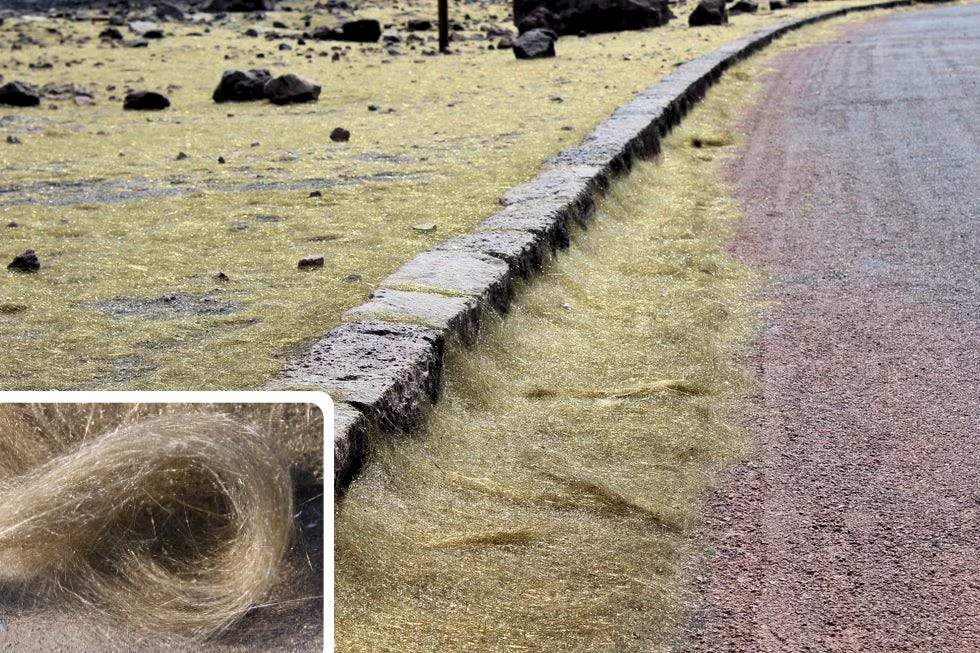
Pele’s hair, named after the Hawaiian goddess of volcanoes, are thin strands of glass formed when lava bubbles and droplets are blown and stretched around in the wind. Similar to the strands formed when you stretch bread dough. They can range from centimetres to 2 meters.
Pele's hair is common around Hawaiian volcanoes because they're known for jet-like lava sprays (fire fountains), basaltic lava (more fluid than others), and powerful winds all needed to create and spin lava droplets before cooling.
Biggest Volcanic Eruption Ever Seen from Space in 4K: 1-minute video of Tonga volcano eruption from space
NASA’s Magellan Data Reveals Volcanic Activity on Venus: 1-minute article about Venus’ volcanoes
Liquid trees are the new CO2 vacuums
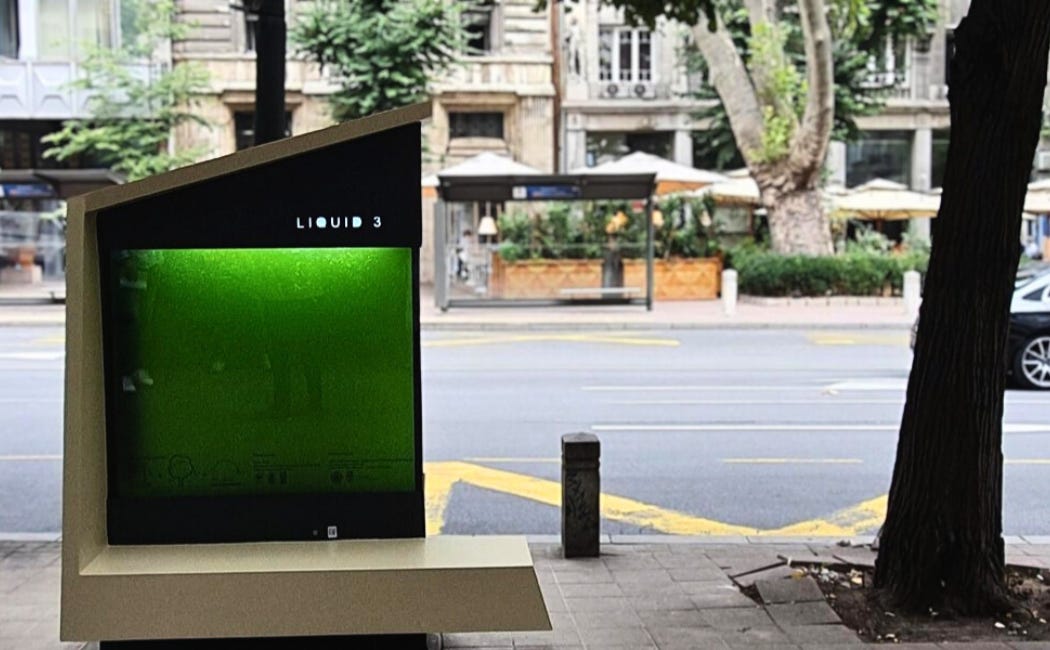
Liquid 3 are algae tank benches. They take in CO2 like a natural tree, cleaning the air, but are smaller which makes them ideal for treating air pollution in crowded urban areas.
Liquid 3 benches can take in the same amount of CO2 as 2 10-year-old trees or 200 square meters of grass which is over 44,000g of CO2 per year. Also, they provide you with a place to sit while charging your phone.
Liquid 3 website: https://liquid3.rs/
MIT engineers devise technology to prevent fouling in photobioreactors for CO2 capture: 5-minute article about running electricity through tank walls to tanks’ outputs like Liquid 3
How I-Phyc is changing water waste treatment: 3-minute video about a startup using algae to treat wastewater
Something to Think About 🧠
How would you feel about scientists sequencing your DNA without your knowledge?
Humans, animals, and every other living thing constantly shed DNA via sweat, dead skin cells, spit, blood, etc. and their DNA ends up floating around in the environment. But, a recent study showed that it’s pretty easy to collect human DNA from sources like water, sand, and air, and as sequencing technologies become cheaper and more accurate it will be even easier to collect human DNA from the environment, like yours! These advancements could make forensic, medical, and environmental way work easier, but they’re leaning on the edge of privacy due to their possible misuse. Such as for monitoring individuals by location tracking and collecting “valuable” or unique DNA from isolated indigenous groups for unsavoury applications like ethnic persecutions and the like which have happened in the past.
Yes. I think it’s inevitable that some researcher will sequence my DNA. They probably already have! But, the privacy and unethical possibilities still make me uneasy. 🤔 What do you think?
Into October
Midterms are coming
Next week will start my first round of midterms, for university! Honestly, I expected to be way more nervous than I currently feel, but so far I feel great about the upcoming midterms.
Hyperloop & Water research projects
In October, in the waterloop propulsion team, we are starting to design motors! And I’m getting back into the world of water filtration and distribution in the industrial and agricultural settings.
Getting a headstart on co-op positions
In September, I forced myself to focus solely on adjusting to uni life to build a good base for the year with the basics: the studying, the daily habits, the side research projects, and the balance of keeping all these parts of my life working in harmony. Now I am ready to throw myself into the job market!


